
Top 15 Must-Do Experiences in Marrakech: Discover the Red City
Welcome to Marrakech, Morocco’s energetic “Red City” or “Pink City,” a place where ancient traditions blend seamlessly with modern life. If you’re planning a visit, understanding the best activities to do in Marrakech is key to an unforgettable experience. This guide will help you navigate its vibrant streets, discover hidden gems, and immerse yourself in Moroccan culture, ensuring you make the most of your time, whether it’s a short trip or a longer stay.
Explore the Heart of the Medina: Top Activities to Do in Marrakech
The Medina, Marrakech’s old city, is a labyrinth of narrow alleys and a “time capsule” that offers a deeply authentic experience. Many of the essential activities to do in Marrakech are centered here.
- Getting Lost in the Souks Your first stop should undoubtedly be the souks to truly grasp the essence of Marrakech. While feeling a bit touristy, locals also frequent these markets. It’s almost impossible not to get lost among the narrow, roofed streets that filter sunlight, but that’s part of the charm. You’ll eventually find your way out, or follow signs to Place Djemaa el Fna.
- Bargaining Tips: Haggling is a crucial part of the souk experience. Start your offer at 10-20% of the asking price, and don’t show too much interest in an item you desire. Politely say “Shukran” (thank you) even when refusing an offer. If a vendor won’t budge on price, try walking away; you’ll be surprised how quickly the price might drop. Remember, prices can vary based on whether you’re a Moroccan, Arab, French-speaking, or other tourist.
- Experience the Pulse of Djemaa el Fna This main square is impossible to miss. During the day, it’s home to orange juice stalls, traditional water sellers, chained Barbary apes, and snake charmers. At night, it transforms completely as monkeys and snakes are replaced by bustling food stalls, storytellers, dancers, and fortune-tellers. While the square can be overwhelming and is noted for potential scams and animal cruelty, a great way to experience its atmosphere from a distance is from a rooftop terrace like Le Grand Balcon du Café Glacier. This offers a fantastic view, though you’ll need to buy a drink for access.
- Admire the Ben Youssef Madrasa The Medersa Ben Youssef, a beautiful 14th-century Islamic college, is an impressive and interesting site. For over four centuries, it housed students of law and theology. Its stunning Traditional Moroccan Architecture, with intricate tiles, wooden doors, and carved ceilings, makes it one of the most photogenic places in Marrakech. It reopened in April 2022 after renovations. Visit early in the morning (around 9 am) to avoid crowds and fully appreciate its calm. The entrance fee is 70 MAD (approx. €6.57).
- Visit the Palaces: Bahia and El Badi Marrakech boasts several grand palaces, each more extravagant than the last.
- Bahia Palace (Palais de la Bahia), built in 1859, is one of the most beautiful and renowned historical monuments, covering about 2 hectares with 160 rooms. Its magnificent architecture features delicately carved walls, marble and tiled floors, and colorful cedar-wood ceilings. The Grand Courtyard, with its Italian Carrara marble pavement, is particularly remarkable. To enjoy it with fewer crowds, visit at the opening (9 am) or about an hour before closing (5 pm). The entrance fee is 70 MAD (approx. €6.60).
- El Badi Palace (Palais El Badiî), built in the 16th century by Sultan Ahmad Al-Mansur, was once the most lavish reception palace. Though mostly ruins today, its scale and remaining structures are still incredibly impressive, taking up to two-three hours to explore. The complex includes pavilions, a huge courtyard with a central pool, and four large sunken gardens. Entry costs 70 MAD (approx. €6.50).
- Stroll Through Enchanting Gardens Marrakech is home to several alluring gardens, offering a peaceful escape from the city’s hustle.
- Jardin Majorelle is a popular botanical garden created by French painter Jacques Majorelle and later restored by Yves Saint Laurent and Pierre Bergé. It features a vast collection of cacti, exotic plants, fountains, and sculptures, with the iconic “Majorelle Blue” color prominently displayed on its buildings. It can get very crowded, especially with “Instagramming crowds,” so visiting right at opening (8 am) is recommended. Entrance is 100 MAD (approx. €9.40), with an additional fee for the Yves Saint Laurent Museum.
- Other notable gardens include the historic garden at La Mamounia Hotel, Anima Gardens with its Atlas Mountain backdrop, Jnane Tamsna with its wild palmeraie, and the Le Jardin Secret, a 12th-century complex in the Medina.
Unique Cultural Activities to Do in Marrakech
Beyond the main attractions, there are many cultural activities to do in Marrakech that offer deeper insights into the city’s heritage.
- Embark on a Moroccan Food Tour & Savor Local Cuisine Moroccan cuisine is incredibly tasty and diverse. A food tour is an excellent way to discover the best dishes and hidden local spots. You’ll find signature dishes like:
- Tagine: Meat (beef, lamb, chicken) and/or vegetables slow-cooked in a clay pot.
- Couscous: The most popular Moroccan dish, often served with meat or vegetable stew.
- Mechoui (Meshwi): Spit-roasted lamb, traditionally cooked underground, known for its tenderness.
- Harira: A classic Moroccan soup with tomatoes, lentils, and chickpeas, often served to break the fast during Ramadan.
- Pastilla: A flaky pie combining meat (traditionally pigeon, now often chicken) with sweet spices.
- Sfenj: Unsweetened Moroccan donuts, best enjoyed with mint tea.
- Tangia: Chunks of beef or lamb slow-cooked in an amphora-shaped clay pot.
- M’semen: Flaky flatbread, sometimes stuffed with onions and spices.
- Don’t forget to try the widely available mint tea, served very sweet with fresh mint leaves.
- Food Safety Tip: While street food is tempting, exercise caution, especially in Djemaa el Fna square, as hygiene standards can vary. Some restaurants in the square may also use deceptive pricing tactics; if conned, it’s advised to pay what you initially expected and walk away.
- Discover Communal Bakeries and Hammams Explore the fascinating system of communal bakeries, where families bring their dough to be baked in large ovens, a staple of Moroccan life. Often, next to these bakeries, you’ll find traditional hammams (public baths), which are kept warm by the same fire, offering a glimpse into local routines. These “behind-the-scenes” experiences are often best explored with a local guide.
- Visit Traditional Souks: Leather & Metalwork While many souks are now tourist-focused, the leather and metalwork souks remain among the last traditional ones. Here you can see Moroccan leatherwork being created, from furniture to clothing, and witness craftsmen stenciling patterns onto metal items.
- Explore Hidden Cultural Gems
- Music Museum: Tucked away in the Medina’s backstreets, this museum is set in a traditional riad and features immersive exhibitions on Moroccan music through the ages, with Islamic art-adorned rooms similar to the grand palaces. It also has a rooftop with city views.
- Museum of Photography (La Maison de la Photographie de Marrakech): A calm oasis with beautiful photography depicting 80 years of Moroccan history, including images of Marrakech, Fes, and Tangier. Don’t miss the rooftop terrace for a drink with a view after seeing the collection.
- Dar Bellarj: Located near Medersa Ben Youssef, this arts foundation preserves Moroccan heritage with rotating exhibitions of Moroccan art. Once a sanctuary for injured storks, it now offers a peaceful courtyard and beautifully decorated rooms. Entry is free.
- Relax in a Hidden Garden Restaurant For a peaceful meal, seek out charming hidden garden restaurants in the Medina. La Famille offers a daily changing vegetarian, Mediterranean menu in a delightful setting under trees, open daily except Monday. Le Jardin is another “nice and ‘green’ (with garden) lunch place”. Dar Cherifa, a literary café/restaurant in a hidden 16th-century building, is a perfect calm spot for lunch or a break, where you can try a traditional pastilla.
Essential Travel Tips for Your Marrakech Activities
To enhance your experience of the activities to do in Marrakech, keep these tips in mind:
- Stay at a Riad: For an authentic experience, choose a traditional Moroccan house (riad) with a courtyard over a hotel. They are often located in the heart of the Medina, providing a perfect base for exploration. Many riads, like Riad Kheirredine or Riad Star, offer a serene oasis amidst the city’s hustle.
- Navigation: Google Maps can be unreliable due to narrow streets. Consider downloading a simplified navigation app specifically for Marrakech, like those developed by riads, or rely on local guides.
- Photography: Locals often dislike being photographed. Always be respectful and ask for permission. They may say yes, or ask for money, but if they say no, walk away.
- Dealing with “Help”: If someone offers help when you seem lost, only accept if you’re willing to pay for it. If you ask a shop owner for directions, they will likely help without expecting anything in return. Be cautious of common scams where individuals offer to guide you to an attraction (e.g., tanneries) and then demand an exorbitant fee.
- Safety in Marrakech: Marrakech is generally considered safe for tourists, including solo female travelers and families, but vigilance is key due to pickpockets and con artists.
- For Solo Female Travelers: Dress modestly (covering shoulders and knees) and avoid walking alone in the Medina late at night (after 10 pm). Politely ignore random men approaching you.
- For Families: Moroccans are generally very friendly and protective towards children, which can even help you avoid scammers’ attention.
- Food & Water Safety: While restaurant food is usually safe and delicious, avoid tap water and opt for bottled water or use a water filter bottle, as your body may not be accustomed to local bacteria.
- Personal Belongings: Leave valuables at your hotel and only carry necessities. Consider a money belt or a slash-resistant, lockable anti-theft bag.
- Driving/Taxis: Driving can be chaotic. If taking a taxi, use “petit taxis” which are safer and agree on the fare beforehand or insist on the meter.
Marrakech truly offers a magical blend of culture, history, and vibrant experiences. From exploring its bustling souks and serene gardens to indulging in its delicious cuisine, the variety of activities to do in Marrakech ensures a memorable trip for every traveler. We hope this guide helps you plan your extraordinary adventure in Morocco’s captivating Red City!
Table of Contents
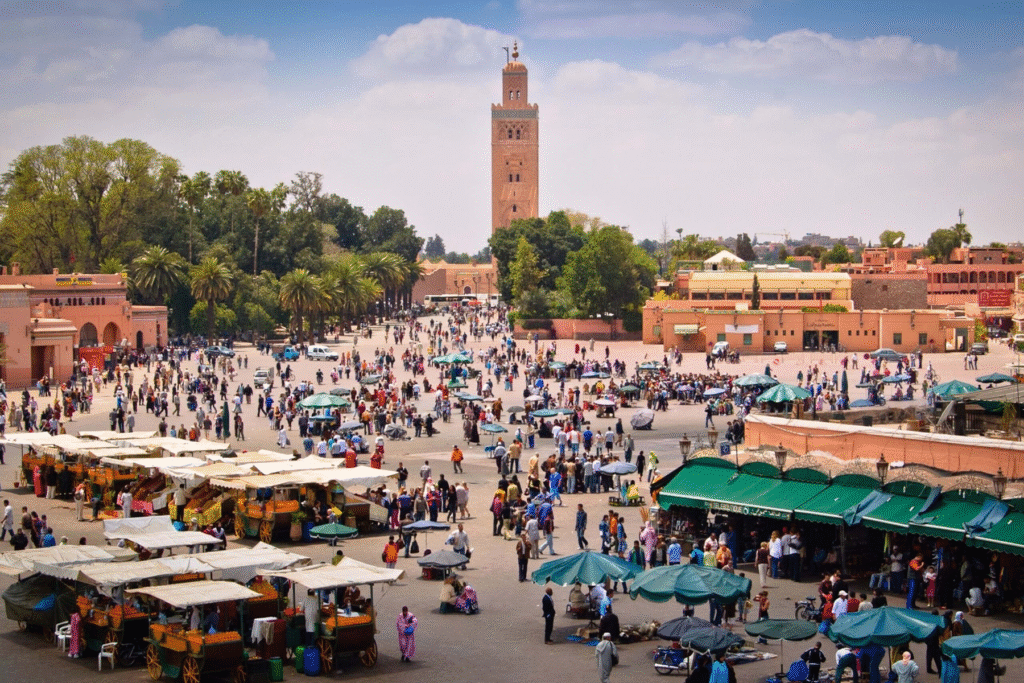
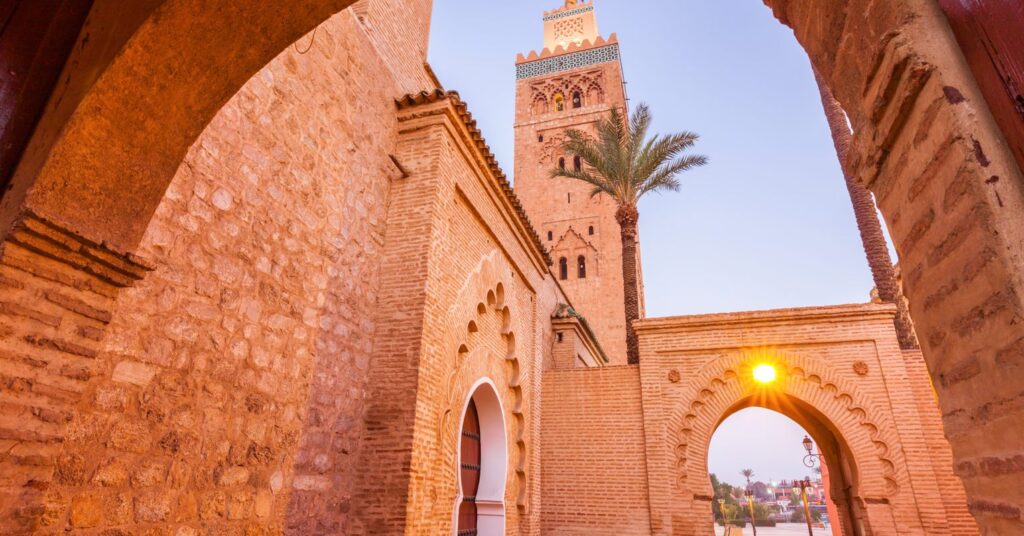


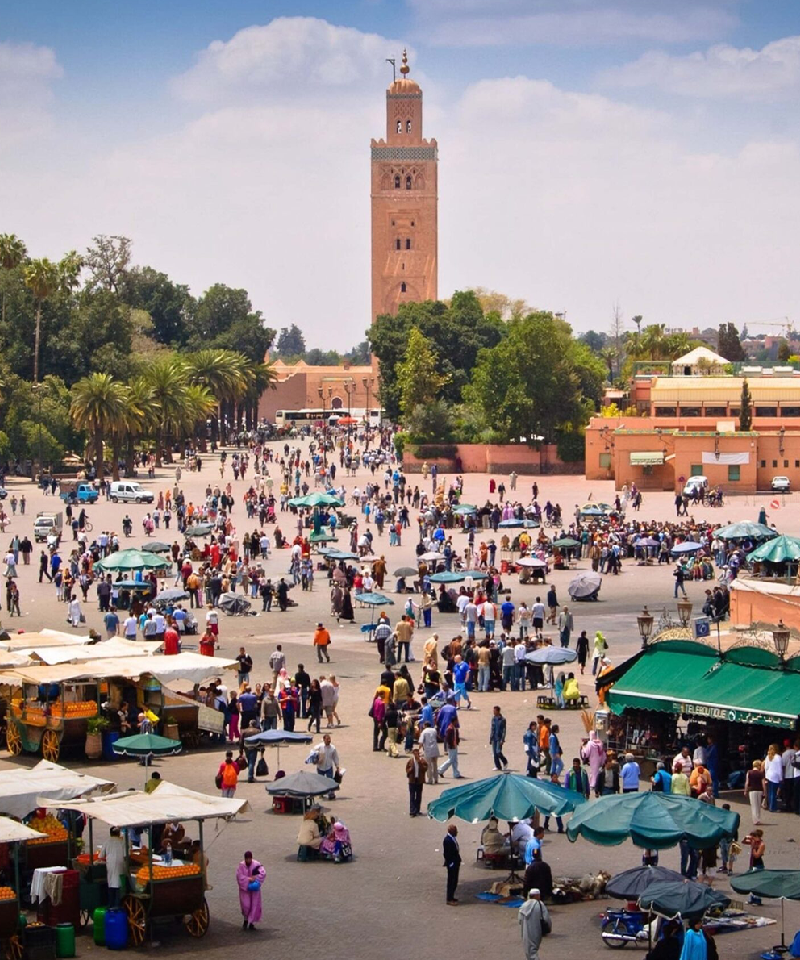
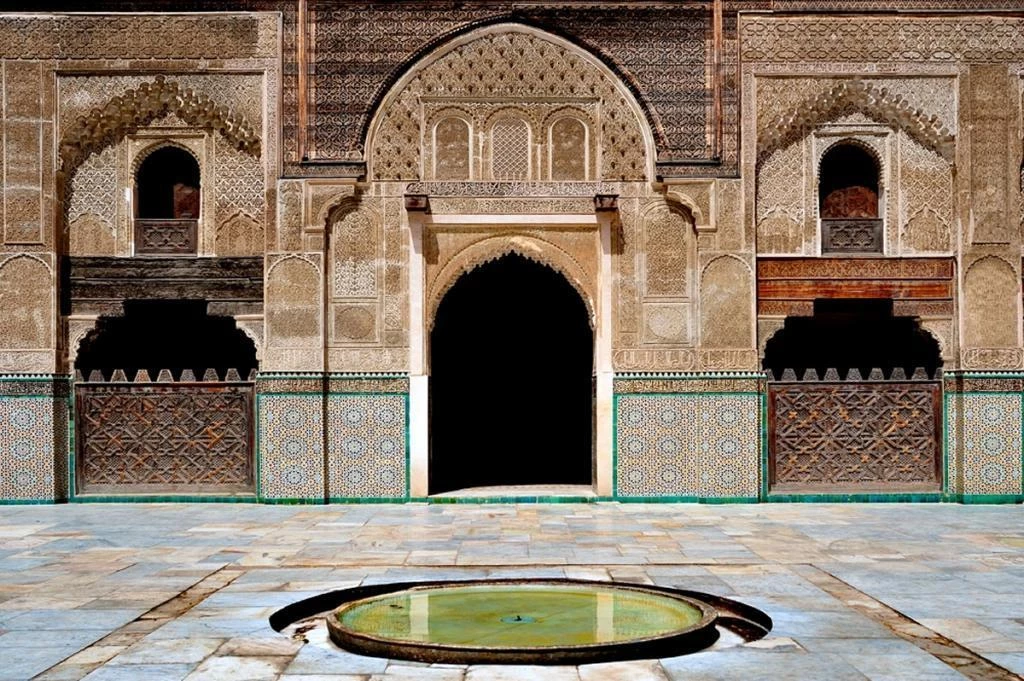
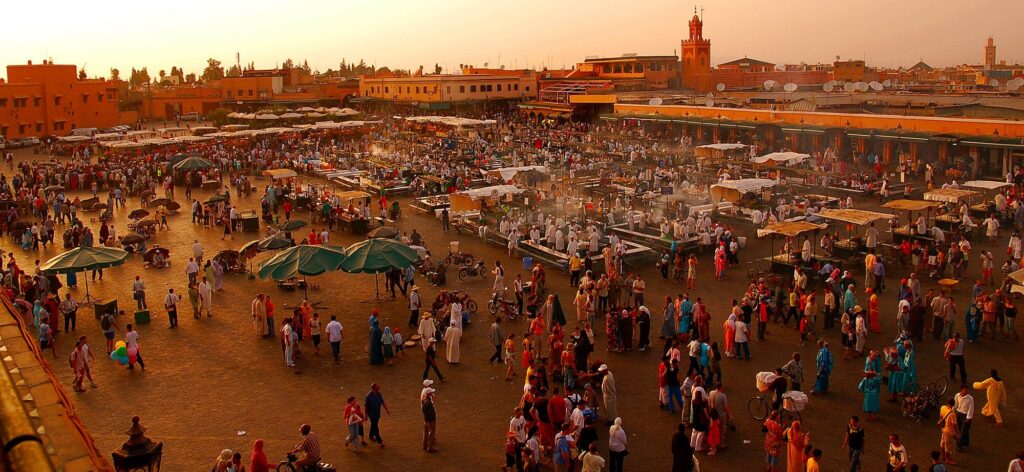
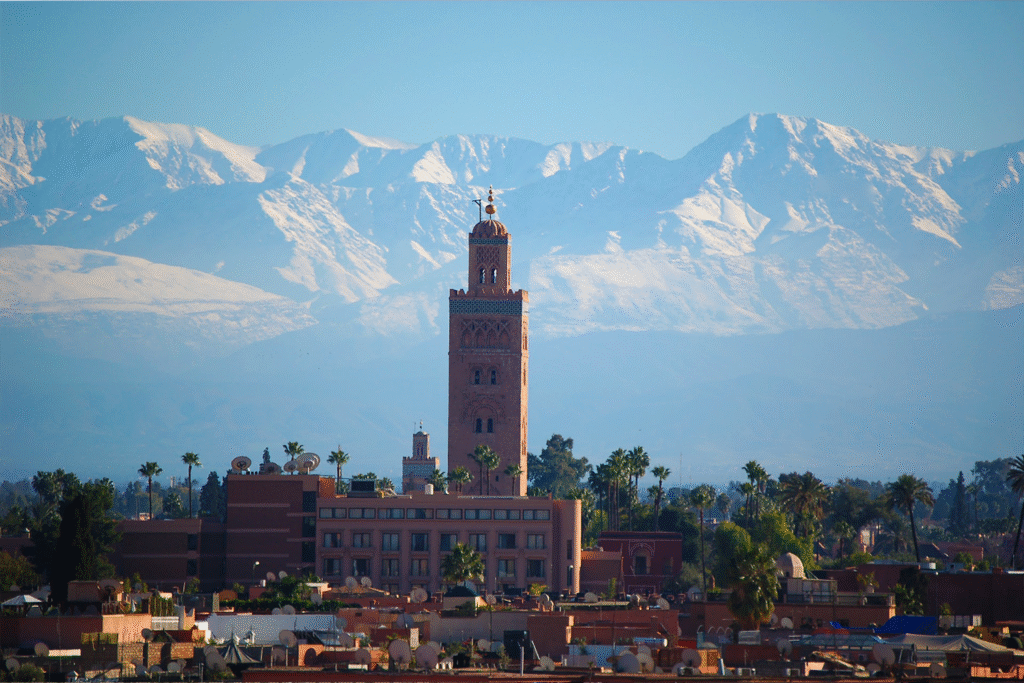

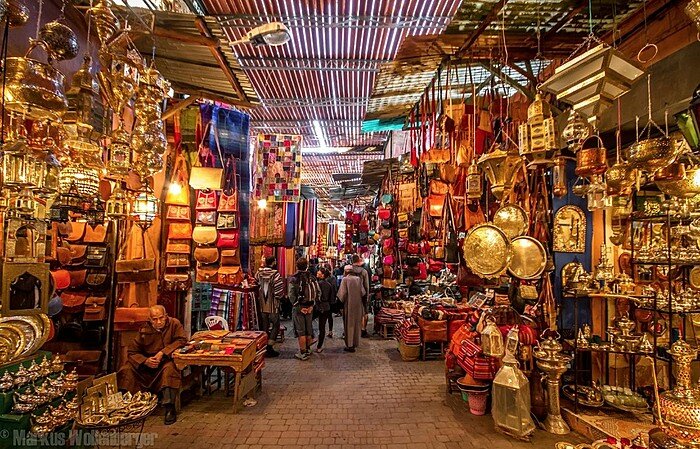

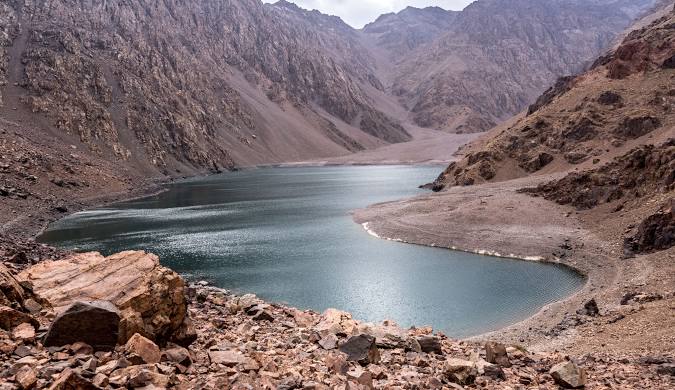
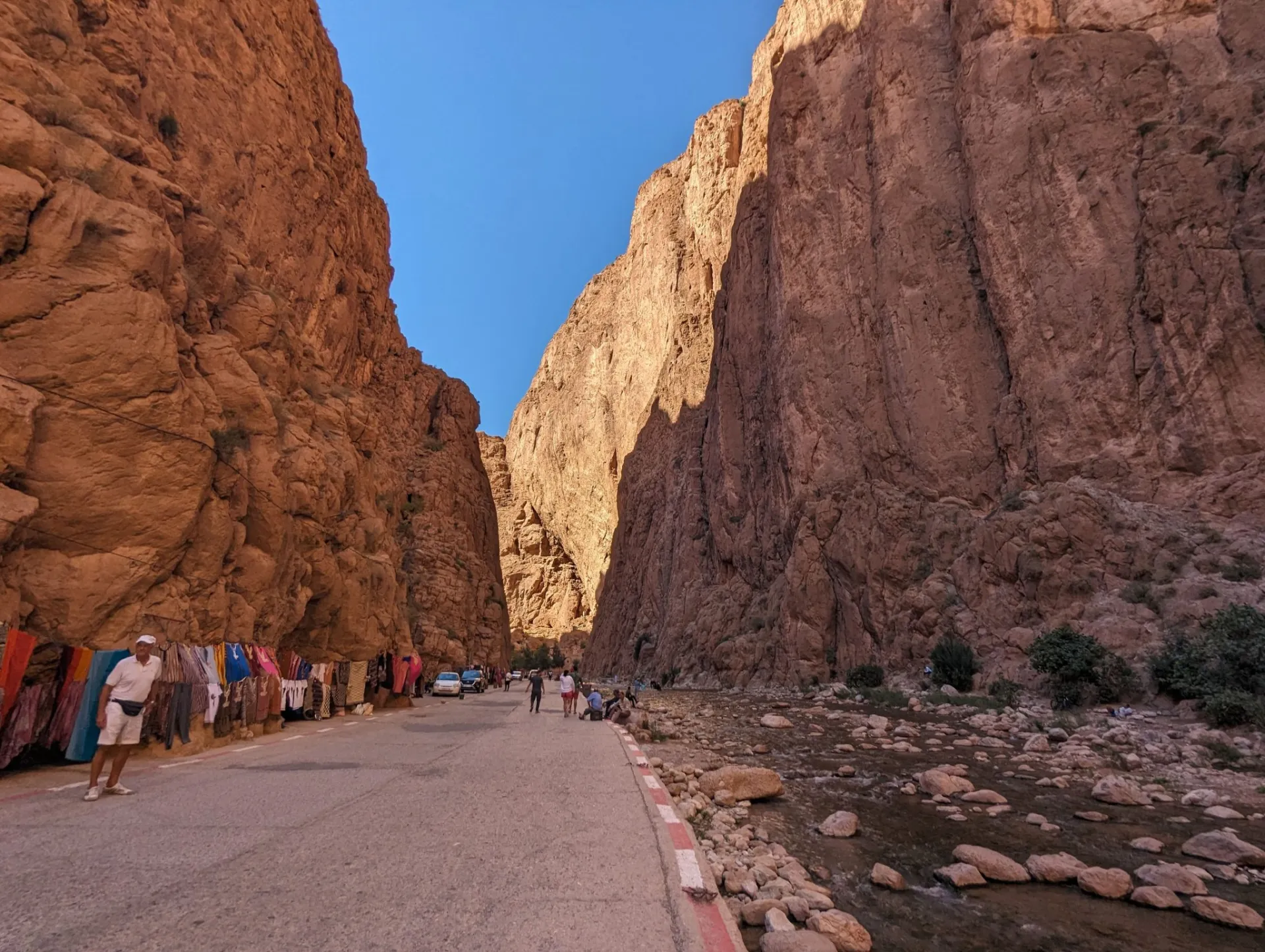
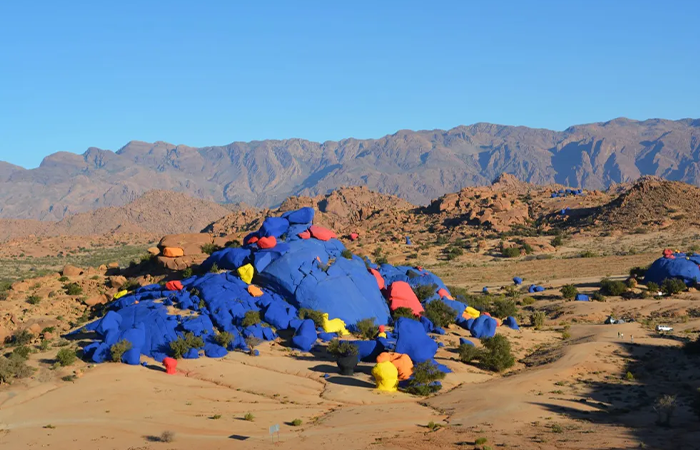
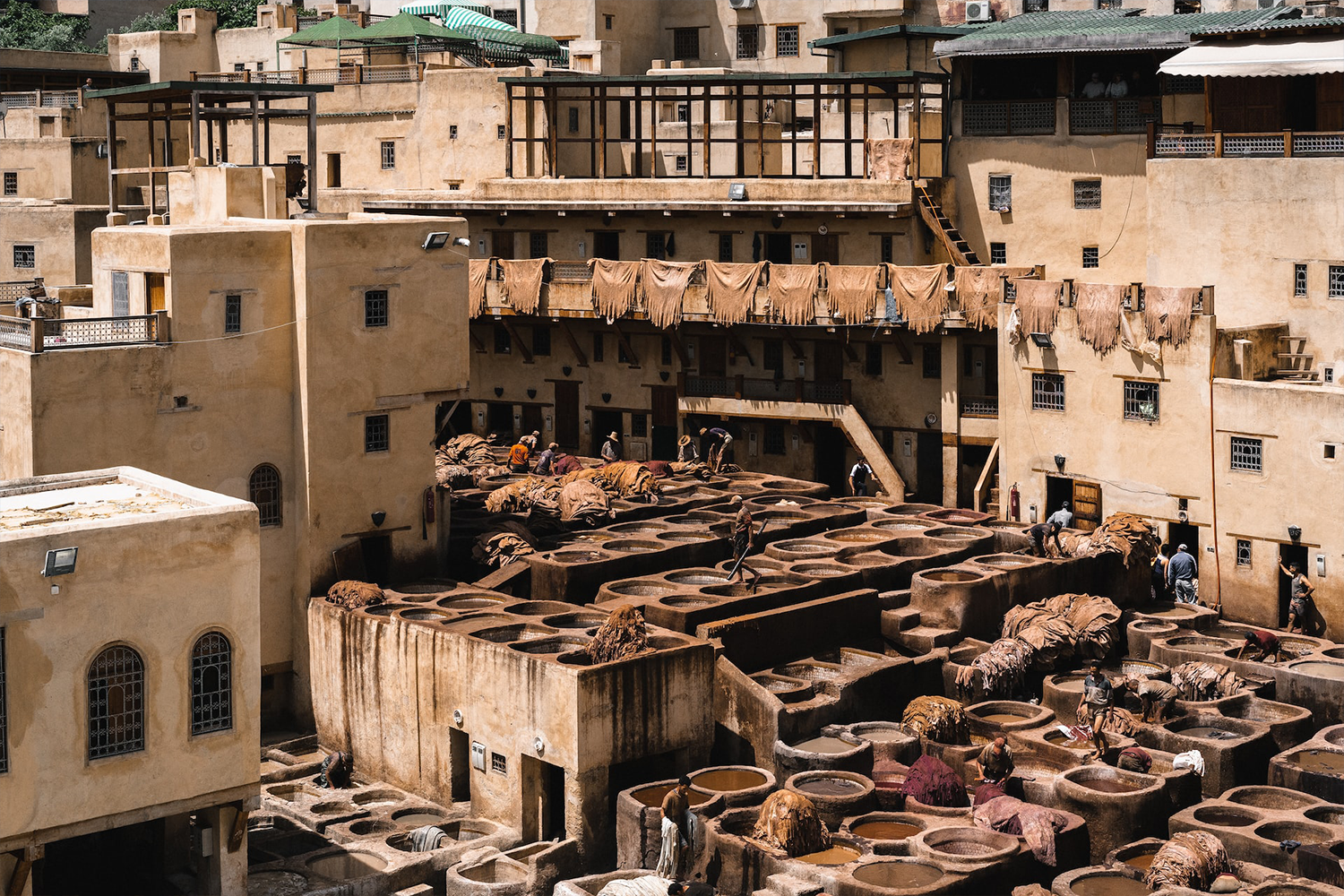


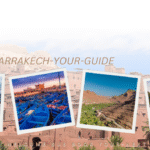
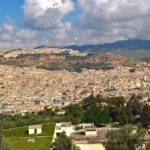

Leave a comment: